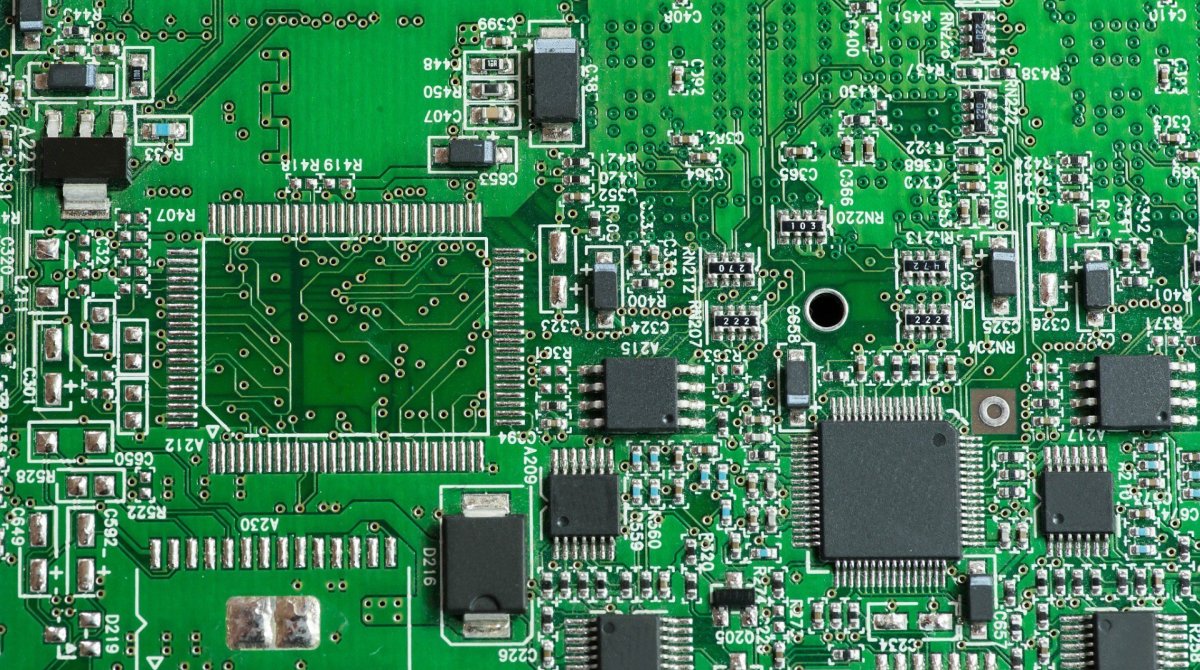There is a very common process used in the surface treatment of PCB board, called immersion gold. The purpose of the immersion gold process is to deposit a nickel-gold coating with stable color, good brightness, smooth coating, and good solderability on the surface of the printed circuit of the PCB board. To put it simply, immersion gold is the use of chemical deposition to produce a layer of metal plating on the surface of the circuit board through chemical redox reactions.
1. The role of the immersion gold process
The copper on the circuit board is mainly red copper. The copper solder joints are easily oxidized in the air, which will cause poor electrical conductivity, that is, poor Tin eating or poor contact, which reduces the performance of the circuit board, so the copper solder joints need to be surface treated. , Immersion gold is plated with gold on it, gold can effectively block copper metal and air to prevent oxidation, so immersion gold is a treatment method for surface anti-oxidation, which is to cover the surface of copper with a layer of gold through a chemical reaction, also known as chemical gold.

2. Immersion gold can improve the surface treatment of PCB board
The advantage of the immersion gold process is that the color deposited on the surface of the printed circuit is very stable, the brightness is good, the coating is very flat, and the solderability is very good. The thickness of immersion gold is generally 1-3 Uinch, so the thickness of gold made by the surface treatment method of immersion gold is generally thicker, so the surface treatment method of immersion gold is widely used in circuit boards such as key board and gold finger board. Because gold has strong electrical conductivity, good oxidation resistance, and long service life.
3. Advantages of circuit boards using immersion gold boards
1) The immersion gold plate is bright in color, good in color, and good in appearance, which improves the attraction to customers.
2) The crystal structure formed by immersion gold is easier to weld than other surface treatments and can have better performance and ensure quality.
3) Because the immersion gold board only has nickel gold on the pad, it will not affect the signal, because the transmission of the signal in the skin effect is in the copper layer.
4) The metal properties of gold are relatively stable, the crystal structure is more compact, and the oxidation reaction is not easy to occur.
5) Since the immersion gold board only has nickel-gold on the pads, the combination of the solder mask on the circuit and the copper layer is stronger, and it is not easy to cause micro-short circuits.
6) The project will not affect the spacing when making compensation, which is convenient for work.
7) The stress of the immersion gold plate is easier to control, and the experience when using it is better.
4. The difference between immersion gold and gold fingers
The gold finger is more straightforward. It is a brass contact, which can also be said to be a conductor. In detail, because gold has strong oxidation resistance and strong conductivity, if the parts connected to the memory slot on the memory stick are plated with gold, then all signals are transmitted through gold fingers. Because the gold finger is composed of many yellow conductive contacts, its surface is gold-plated and the conductive contacts are arranged like fingers, hence the name. Generally speaking, the golden finger is the connecting part between the memory stick and the memory slot, and all signals are transmitted through the golden finger. The gold finger is composed of many golden conductive contacts. The gold finger is actually covered with a layer of gold on the copper-clad laminate through a special process. Therefore, the simple distinction is that immersion gold is a surface treatment process of the circuit board, and the gold finger is the component with signal connection and conduction on the circuit board. In the actual market, the golden finger may not actually be gold on the surface. Because of the high price of gold, most memory is currently replaced by tin plating. Tin material has been popular since the 1990s. At present, the "gold fingers" of motherboards, memory, graphics cards, and other equipment are almost all made of tin. Materials, only some high-performance server/workstation accessories contact points will continue to use gold plating, and the price is naturally high on PCB board.